You know how some books are good for you, but kind of hard to get through, like spinach or unsweetened Greek yogurt? I am going to put Mark Haddon’s The Red House in that category. This novel by the author of the bestselling The Curious Incident of The Dog in the Night-time (reviewed here) is a literary experiment, often told in stream of consciousness as it shifts among the perspective of eight characters. While this writing style was inventive and sometimes powerful, in the end this book fell short for me.
The eight characters are two families: Angela and Dominic and their three children – Daisy, Alex and Benji – and Angela’s brother Richard and his wife Louisa and her daughter Melissa. Angela and Richard are estranged, but he reaches out to her a year after their mother’s death and invites her family to go on vacation with him in Wales. Angela and Dominic agree to go, even though they don’t want to be with Richard, because they can’t afford a vacation on their own.
The Red House takes place during the two weeks that the two families share the rental home in Wales. During that period, like most family vacations, there are confrontations, retreats, connections, realizations, and allegiances that shift and fade. Angela, mourning the death of her infant daughter eighteen years earlier, descends into hallucinations and depression, when she isn’t simmering with anger at her brother for not helping care for their sick mother. Daisy comes to terms with her sexual orientation, while Alex learns disturbing news about his father and flirts with his uncle’s wife. Richard tests his physical and emotional limits, while Melissa basically just glowers and acts entitled.
What makes The Red House unique is Haddon’s writing style, so different from his linear, childlike storytelling in The Curious Incident of the Dog in the Night-time. Here, points of view change even within paragraphs. Some sections are just lists, such as the variety of items sold in a souvenir shop the family visits on the trip, or the descriptions of figures captured in snapshots framed on the walls of the house. It can be difficult at times to figure out who is thinking, or even talking, due to the frequent perspective shifts. Ultimately, this made it hard for me to maintain interest in the book. When I didn’t know who was being discussed, I just sort of skimmed along until I figured it out, which I found pretty distracting.
Ultimately, The Red House was sort of boring. Not much happens, and the relationships Haddon explores don’t really evolve that much. I found that I just didn’t care that much about what happened, and wasn’t particularly eager to return to the book. I listened to this one mostly on audio, which was even more challenging, given that there was only one narrator. It was especially hard to know who was talking without the visual cues of paragraph breaks and quotation marks. The audio narration was fine; it was just a difficult script to read from.
The Red House was just OK for me. If you like the idea of the stream of consciousness “prosetry” I’ve described, you may enjoy it. For me, it wasn’t my favorite.

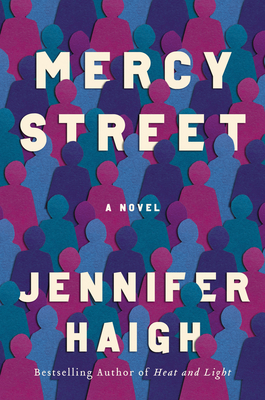

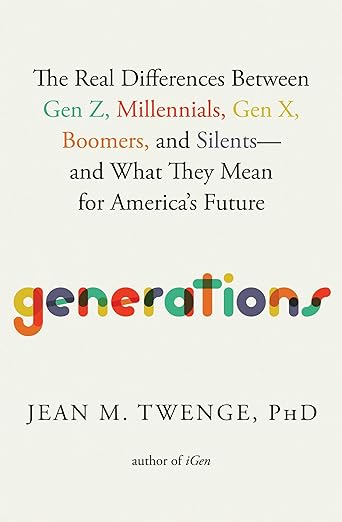
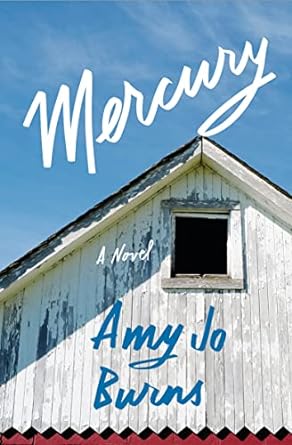
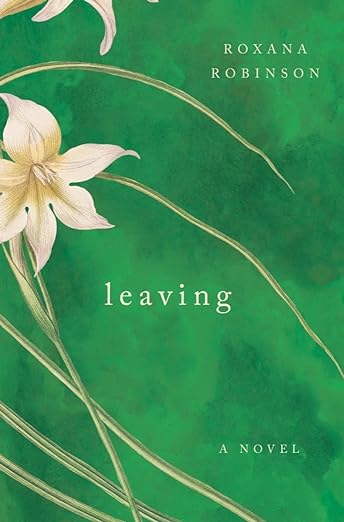
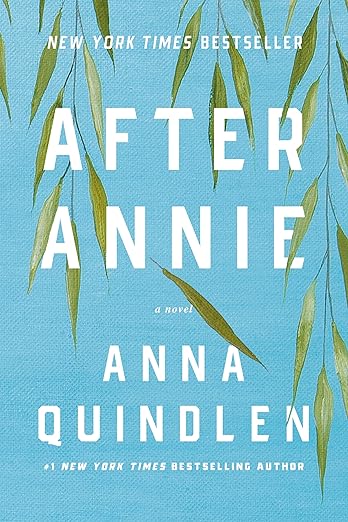
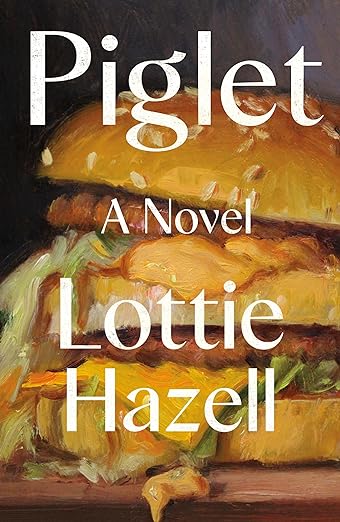
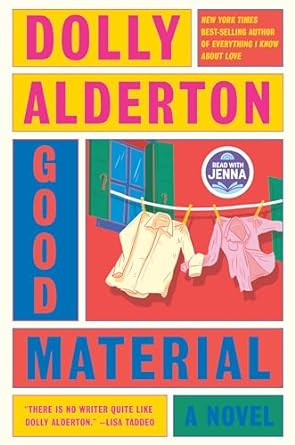
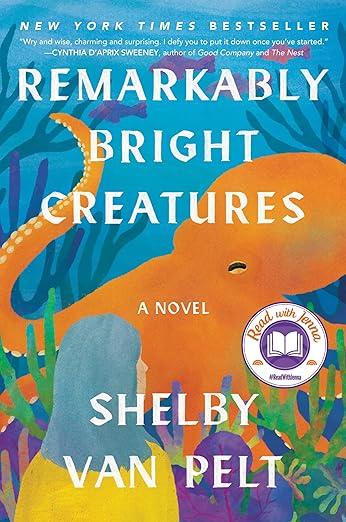
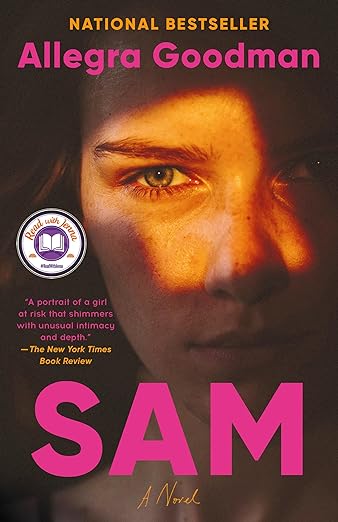
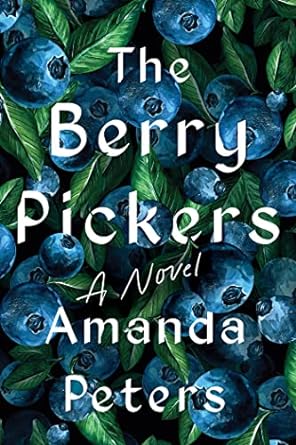
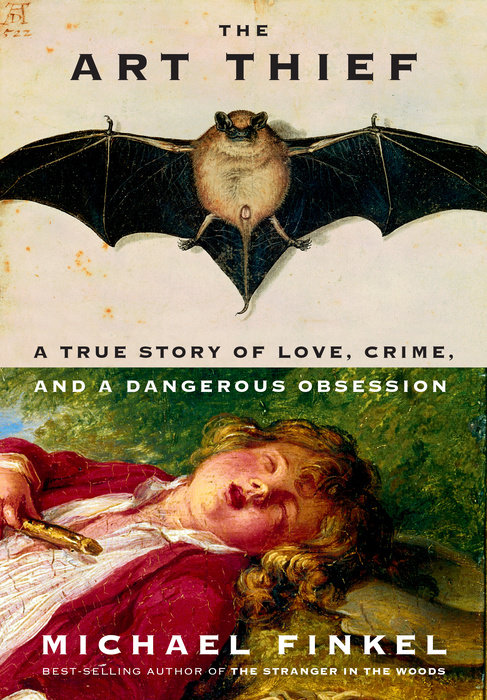

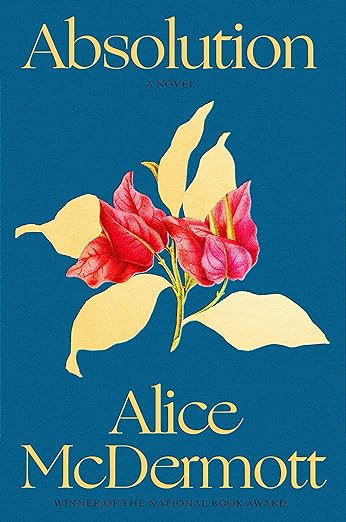
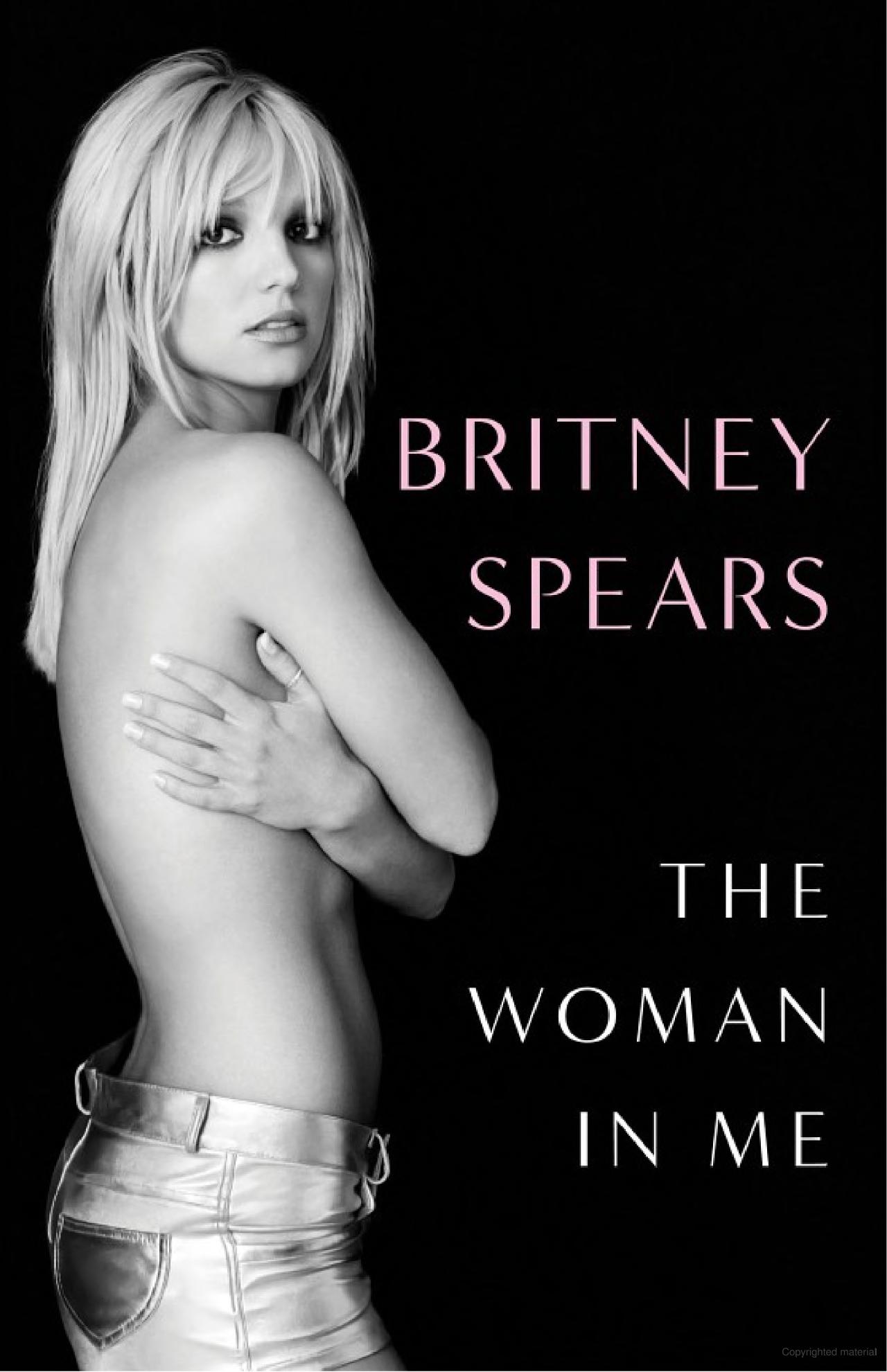
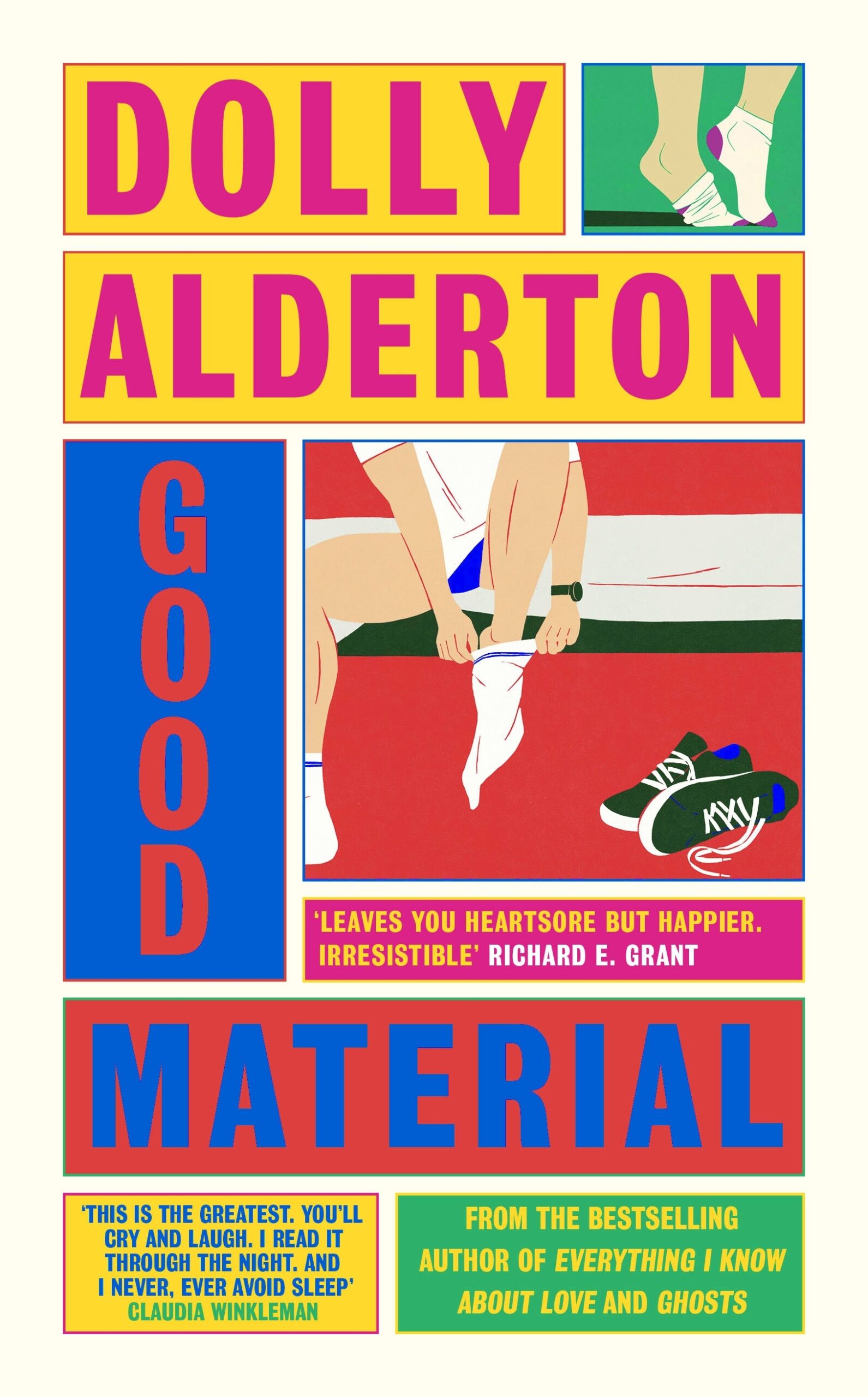
About Me
I have been blogging about books here at Everyday I Write the Book since 2006. I love to read, and I love to talk about books and what other people are reading.